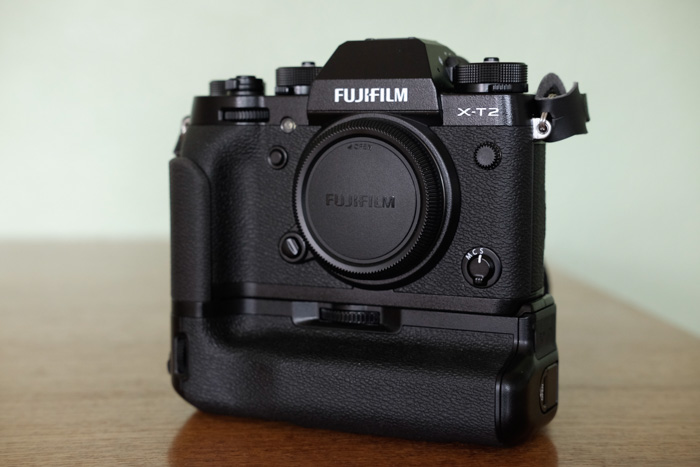
With the development and introduction of the X-T2 last year, Fujifilm brought mirrorless cameras into the realm of performance previously ruled by DSLRs.
One of the main advancements of the camera was a fast, highly predictive 325-point autofocus system that’s able to track moving subjects with a high level of speed and accuracy.
This is further enhanced by the new AF-C Custom Settings menu, which gives you 5 autofocus presets, as well as the ability to adjust three AF parameters, and even save a custom configuration as the 6th preset.
As an action and sports photographer, I find this to be incredibly useful tool, and one that clearly demonstrates Fujifilm’s dedication to make very high performance cameras that are suitable for handling the fastest action and sports shooting tasks. (You get the very same controls on the new X-H1.)
(Note: The AF-C Custom Settings also appear on the new X-T3, X-H1, and have now been ported over to the X-Pro 2 with the new v.3.00 firmware update. This menu item is also used in the X-T30, X-T20 and the X-E3 although you’ll be limited to the 5 standard presets. You won’t be able to customize and save your own configuration.)
I’ve experimented with the new AF-C Custom Settings quite a bit, and so I’d like to share my insight about how the system works. In this post, I detail all the different settings and parameters, let you know which are my favorite AF-C custom settings and show you how to configure the system to best match the subject matter you like to shoot.
First a primer on how the system works. It can be a little bit confusing at first, so I’ll try to explain it in straightforward terms. And just so you know, even though I’ve experimented with these settings, writing it all down here helps me understand it a little more thoroughly as well. 🙂
AF-C Custom Parameters
The new Fuji AF system allows you to fine tune how the camera sees and reacts to your scene by adjusting three separate parameters.
Tracking Sensitivity
Tracking Sensitivity determines how quickly the camera should switch to a different AF zone if the subject disappears for a brief period of time. For example, if the subject passes behind a tree, if something else passes in front of your main subject, or if it momentary leaves the frame.
A setting of 0 tells the camera to immediately switch to a different zone to try and reacquire the subject. Settings 1-4 progressively lengthen the time the system will remain locked on the current zone.
You might use setting 0 when the subject is moving extremely fast around the frame, and one of the higher settings when your subject disappears behind another object, but you know it will soon reappear.
Speed Tracking Sensitivity
Speed Tracking Sensitivity sets the camera’s tracking characteristics based on whether the subject is moving at a constant speed or if it’s changing speeds.
This is an important parameter, because the X-T2’s AF tracking system weigh heavily on predictive algorithms that tell the camera where the subject is likely to appear.
In addition, there’s a slight lag between when the subject is locked in focus and when you actually press the shutter, so the camera has to compensate for this.
Setting 0 is for subjects that move at a steady speed, while setting 2 is for subjects that have more erratic speeds, or are accelerating or decelerating. Setting 1 offers a balance for subjects that move with a combination of speeds. 0 might be good when shooting things like road biking and birds flying, while 2 might be useful when shooting sports like soccer, or when photographing toddlers.
Zone Area Switching
Zone Area Switching is only available if you’re using Zone AF and it lets you control which part of your selected focus zone should be given focusing priority.
CENTER keeps your point of focus in the middle of the zone, where FRONT tells the camera to focus on a subject inside the zone that’s closest to the camera during times when you main subject disappears from the frame.
AUTO continues to track the subject, or part of the subject you first focused on.
In shooting situations, using CENTER would be great for tracking a moving subject that temporarily passes behind other things in the frame, like another bike rider or an animal that passes behind a tree. FRONT is ideal for subject that appear suddenly, or when you don’t know exactly where they will enter the frame. AUTO is the default mode for a variety of subjects and action.
AF-C Custom Presets
To make the system much easier to use in real life situations, Fuji has included 5 AF-C Custom Presets on the X-T2 that cover a wide array of subjects and different types of motion. Each type shows you the specific parameter settings used. You can also modify these parameters, or create your own custom setting and store it in Bank 6.
1. Multi-Purpose
Multi-Purpose is the default AF-C setting. With Tracking Sensitivity set in the middle, Speed Tracking at 0, and Zone Area Switching at AUTO, this is great for a wide variety of action, especially when you’re subjects are moving at a constant speed.
As shown in the example photo, you might use this for shooting races, animals that are moving at a regular rate of speed, or if there’s a chance your subject might temporarily disappear.
When I first got the X-T2, I just kept it on this setting for awhile until I started learning more about how the system works. It does have limitations with certain types of action, and if you find that you’re having trouble tracking subjects or getting sharp focus, switch to a different mode and see if that helps.
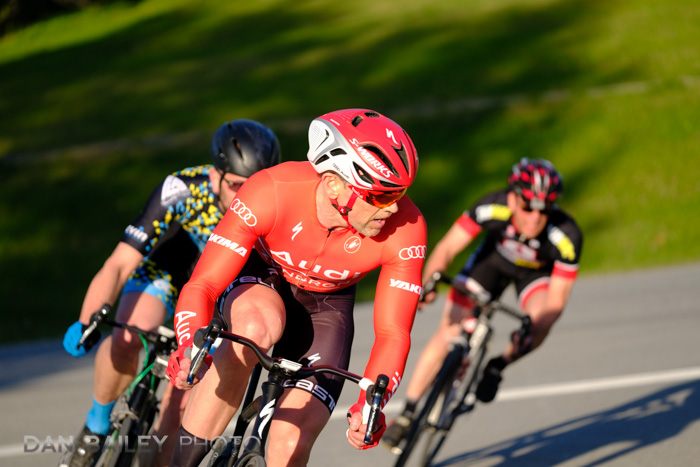
2. Ignoring Obstacles
Ignoring Obstacles preset is ideal when your subjects are temporarily going outside of the frame (or your selected focus zone), or when they’re moving behind things like trees and other subject matter.
With a slightly higher Tracking Sensitivity, it will wait a little bit longer before switching to a different zone. With Zone Area Switching set to CENTER, it will keep the focus set to the middle of the zone and it won’t grab a stray object at the edge of the zone.
If I’m finding that I’m not getting sharp focus on my subjects, I’ll often switch to this mode. For the types of subjects I usually photograph, I find this setting to be one of my two favorites.
It keeps tracking and doesn’t hand of focus too quickly to another zone, which allows you some pretty tight tolerances and creativity when it comes to retaining a good lock on your main subject, even when it’s fighting for space in the frame or looking through a field of subject matter that you want to be out of focus.
I often like place my sharp subject pretty far back in the frame behind other subject elements, and this mode helps you maintain your lock in this type of situation.
Examples might be a cyclist who’s coming up behind another racer, or keeping the lock when they’re in a large pack, shooting action in a tight forest, or photographing wildlife out in busy, wilderness settings. Like cheetahs. 😉
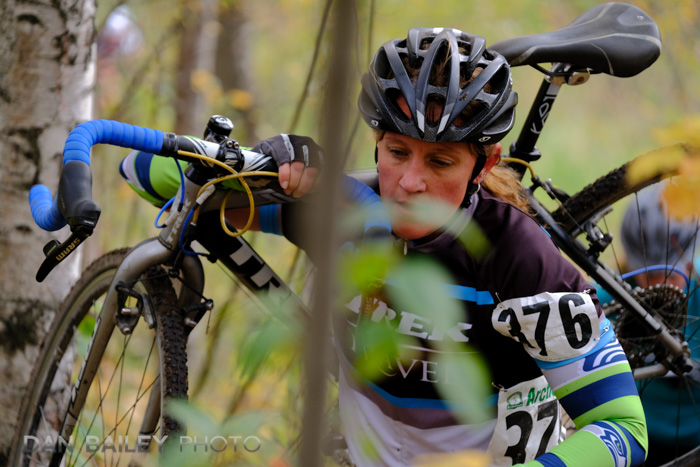
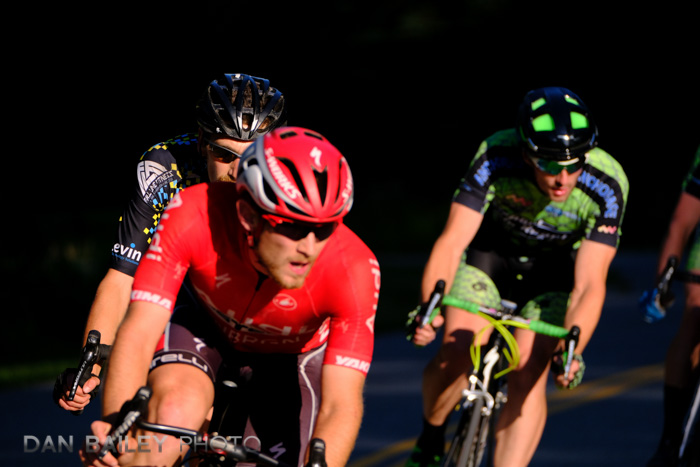
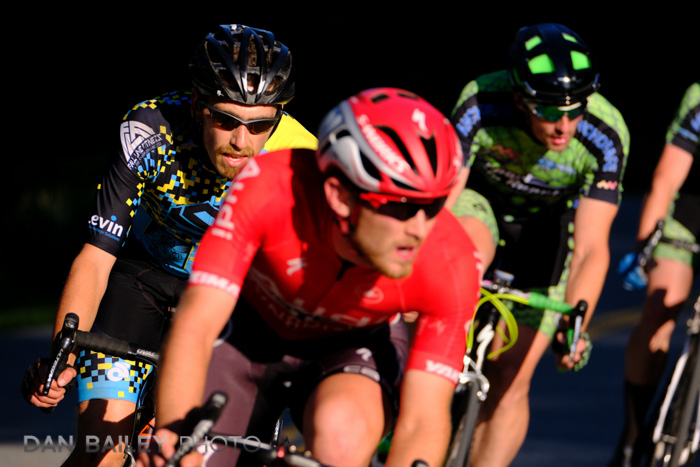
3. Accelerating / Decelerating Subjects
With Speed Tracking Sensitivity set to 2 and Zone Area Switching set to AUTO, this is an ideal mode when photographing subjects with erratic motion and a high degree of change in their speed.
It will keep the point of focus on the front of the frame (closest to the camera) and use predictive algorithms that are geared towards irregular motion.
This makes it an ideal choice for shooting certain types of sports and wildlife where your suggest is speeding up and slowing down on a regular basis.
I haven’t used this setting much. That’s not to say that it ins’t a great mode for shooting certain types of subjects, I just haven’t found the right subjects to test it on. Fuji specifies that this setting his highly effective when using high-speed tracking with their LM lenses that use the Linear AF Motor, like the 90mm, 50-140, 100-400, 16-55, 55-200, 18-55 and 18-135.

4. Suddenly Appearing Subjects
This is my other favorite AF-C Custom Preset. With Tracking Sensitivity at the lowest setting and Zone Area Switching to FRONT, this sets the camera up so that it can focus instantly on subject matter that enters the frame.
Focus priority is set to the closest object in the frame and the low Tracking Sensitivity allows it to immediately switch to the right zone.
This is an extremely useful and highly effective setting for a variety of action, sports and wildlife photography. It allows you to compose your desired scene and then quickly acquire subjects as they appear inside the frame.
If you’re having a hard time acquiring and achieving a good lock on your subject matter, and it’s not an “obstacle issue,” try this mode, For best results, you’ll want to select the AF Zone that’s closest to where you think the subject will enter your frame.
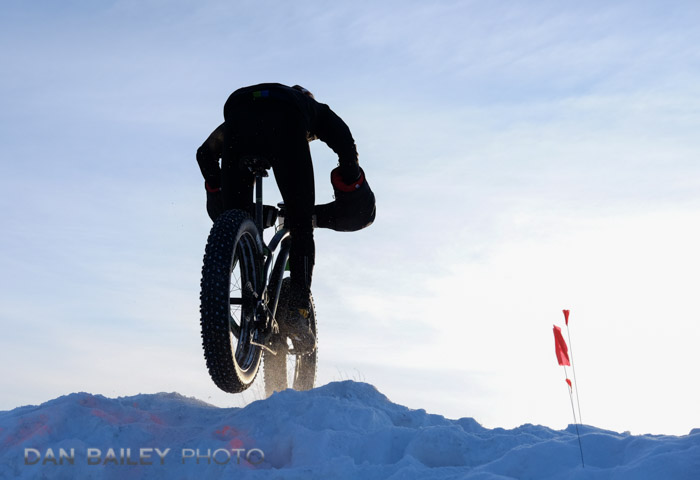
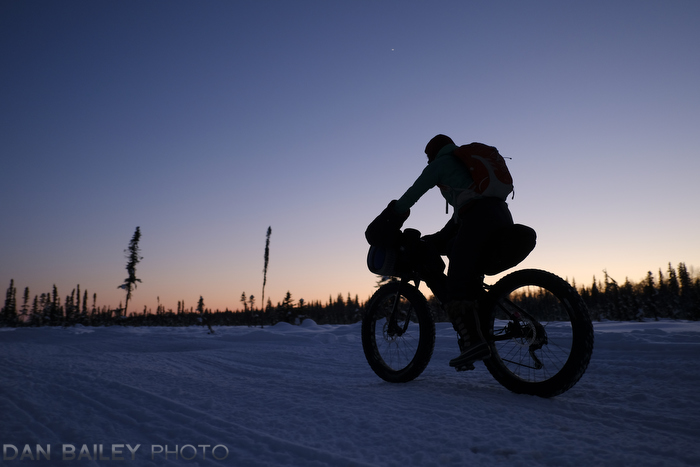
5. Erratically Moving Subjects
With increased Tracking Sensitivity, this keeps the camera locked onto your subject, while a Speed Tracking Sensitivity of 2 causes the AF system to use predictive algorithms that are suited for irregularly moving subjects.
Zone Area Switching to AUTO means that it will acquire and hold your lock right where you set it, even if it’s not the closest thing to the camera, or even if it goes in and out of the focus zone.
This is obviously the best mode for shooting highly erratic motion and sports with quickly changing speeds and directions, like soccer, lacrosse, football. And toddlers, children and grandchildren.
I imagine this would be a good setting to use for photographing birds that fly with quick, darting motions or other wildlife that has “skittish” or hyperactive movement tendencies.
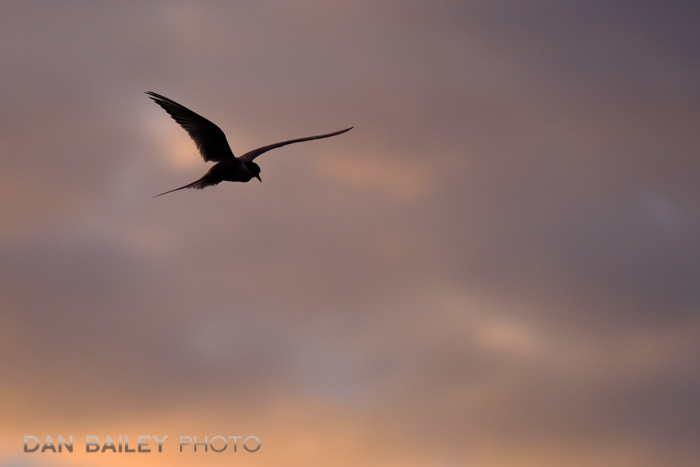
6. Custom
The Custom Bank allows you to tweak a setting or manually adjust the three AF parameters and save them as a custom preset.
In other words, you can optimize your AF-C Custom Settings for the for the type of movement your subject displays and have it ready recall at a moment’s notice.
Let’s say you like to shoot a sport or subject that’s passing behind some obstacles, and you want a slightly higher Tracking Sensitivity so that it holds focus for as long as possible.
Or maybe you’re shooting a wide variety of action, but you want the camera to grab subjects a little more quickly. You could decrease the Tracking Sensitivity.
How about quickly appearing subjects that have highly irregular motion? You might want to se the Speed Tracking Sensitivity to 2, or set the Zone Area Switching to AUTO.
Perhaps you find yourself shooting a specific type of subject quite often. You can play around with the settings until you find the optimum combination and then save it for future use.
Either way, the AF-C Custom Settings menu is a very powerful tool that can help you increase the performance of your X-T2 & X-T20 and tweak the camera to fit your shooting style.
Bottom line, the X-T2 has an amazingly powerful AF system, but if you’re having trouble with our autofocus or are having a hard time getting perfectly sharp photos, this is the first place you should go. You may find that switching to a different preset will make a huge difference.

I use afc focus with a 90mm lens, usually wide open for portraits of children outdoors.
I find it difficult to keep focus on the eyes of the children who move quite rapidly at times.
Could you suggest which af custom mode might be best
Regards
Hi Michael, for fast moving kids, I’d use Zone AF and AF-C mode with either CH or CL. For AF-C Custom Settings, I’d start with either setting 5 or 4. Both of those will probably work better than the Default 1 mode. I’d also recommend using Face Detection. If you’re in AF-C, you can use FD Auto. I will say that erratically moving children are some of the hardest subjects to capture, but it’s nothing the X-T2 and 90mm lens can’t handle. Just takes practice and firing off LOTS of frames! Hope that helps. -Dan
[…] Some higher end cameras have an AF-C Custom Settings menu. This allows you to further optimize the cameras autofocus system for the particular type of subject movement you’re trying to capture. See my primer on using the AF C Custom Settings on the Fujifilm cameras here. […]
[…] On my Fuji X-T2, I find that settings #2 (ignore obstacles) and #4 (suddenly appearing subject) seem to work best for the kinds of action that I shoot. You can read in more detail how to use the AF-C Custom Settings on the X Series cameras here. […]
This AF-C article is poorly written. It is riddled with spelling errors and at one point when talking about setting 3 it refers the setting as setting 2.
John, Thanks for your comment. Regarding the supposed error in the section for “Setting 3,” the paragraph begins by indicating that Setting 3 “Accelerating/Decelerating Subjects,” uses Speed Tracking Sensitivity setting #2, which is the parameter for tracking subjects that move with a constant speed vs. changing speeds. I hope this clears things up.
[…] I aimed my camera and started tracking the rider while she was still relatively out in the open. I used AF-C Custom Settings option #2: Ignore Obstacles and ZoneAF so that the X-T3 would keep the focus locked, even as she appeared through gaps in the […]
Hi, Im using my Xt2 for video with a 13 aperture on the 18-55 lens and zoomed out to capture almost half the field. I want to be hands off, just moving the camera left to right as the ball goes up and down the field. What would be the best AF-C setting to avoid in and out hunting of focus? Seems no matter what I do, it’s hard to eliminate, tho the narrow aperture made a big difference over a wide one, it’s hard to get it to stop hunting/. Perhaps I need to pick a manual focus pt and just leave it on that rather than auto?
Jeff, if you’re shooting with the lens zoomed out and stopped down to f/13, it sounds like precise focus isn’t really a concern. I would say that putting on manual focus and leaving it might be the best option. You can always rotate the focus ring and adjust as necessary if needed, and use MF Assist: Focus Peak Highlight to help you stay precise.